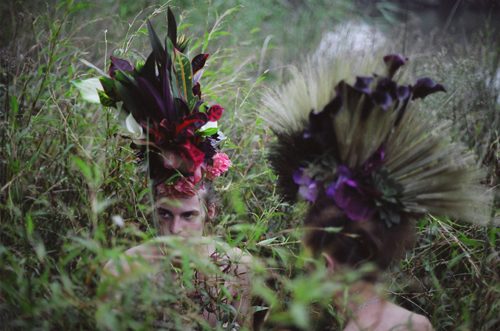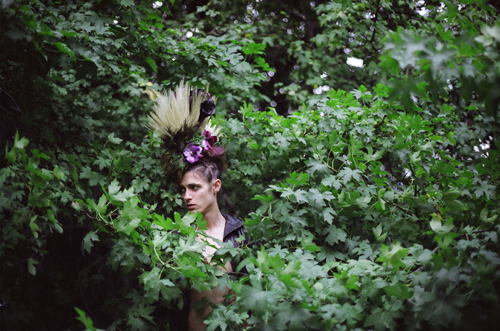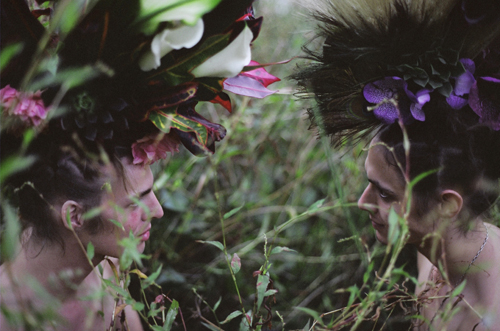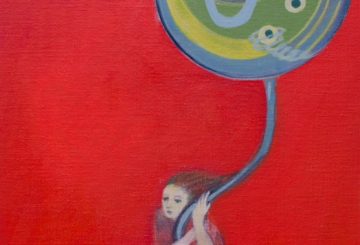“Rose Vickers’ Flohawk would at first seem to be aesthetically removed from the sinewy ‘etched’ drawings and brilliant vermillion toffee-coated bones of her earlier works. Those relics were delicately suspended in space. An LED chandelier formed the centre-piece of her 2009 exhibition The Light at the End of the Tunnel is a Train. Large scale Type C photographs drew a subtle, suspenseful line of light, pleading its way into forgotten rooms, and abandoned and neglected places. Suggesting, perhaps, that light itself lives; but always with a sense that it is fleeting. Flohawk is buoyed by the same expressive sensitivity that Vickers carries across mediums.
” Flohawk: a trope combining ‘floral’ and ‘mohawk’. The title would suggest something aggressive; the ineluctable connection to a warring tribe of Native Americans or, if we are to look not quite so far over our shoulders, a warring tribe of neo-1980 punk rebels. The language borrowed here is that of the outsider; the other. Here are issues of identity, mortality, and the brevity of youth. The works themselves speak far more softly of violence.
“Two young wanderers in full head-dress carve their way, phaneric and conspicuous against an Eden-like landscape. The ambiguity of their sex- the play on masculine and feminine, hard and soft, human and environs – suggests a moment of transience. It is less the violence of change than a natural metamorphosis. Erotic curls of lilies and orchids insinuate themselves at the root of blade-like plumes, coiling further into the scalp. They are potent and seductive symbols of love, sex and death, in which lie all the makings of mortality. These floral embellishments become an organic extension of the human form, which then surrenders and succumbs to nature.”
From the essay for Rose Vicker‘s Flowhawk exhibition by Mariella Everett.
Got new work you’d like to share? Send images + a short statement on your work to the art life at hot mail dot com. Please, images no larger than 350k each and no wider than 575px.




